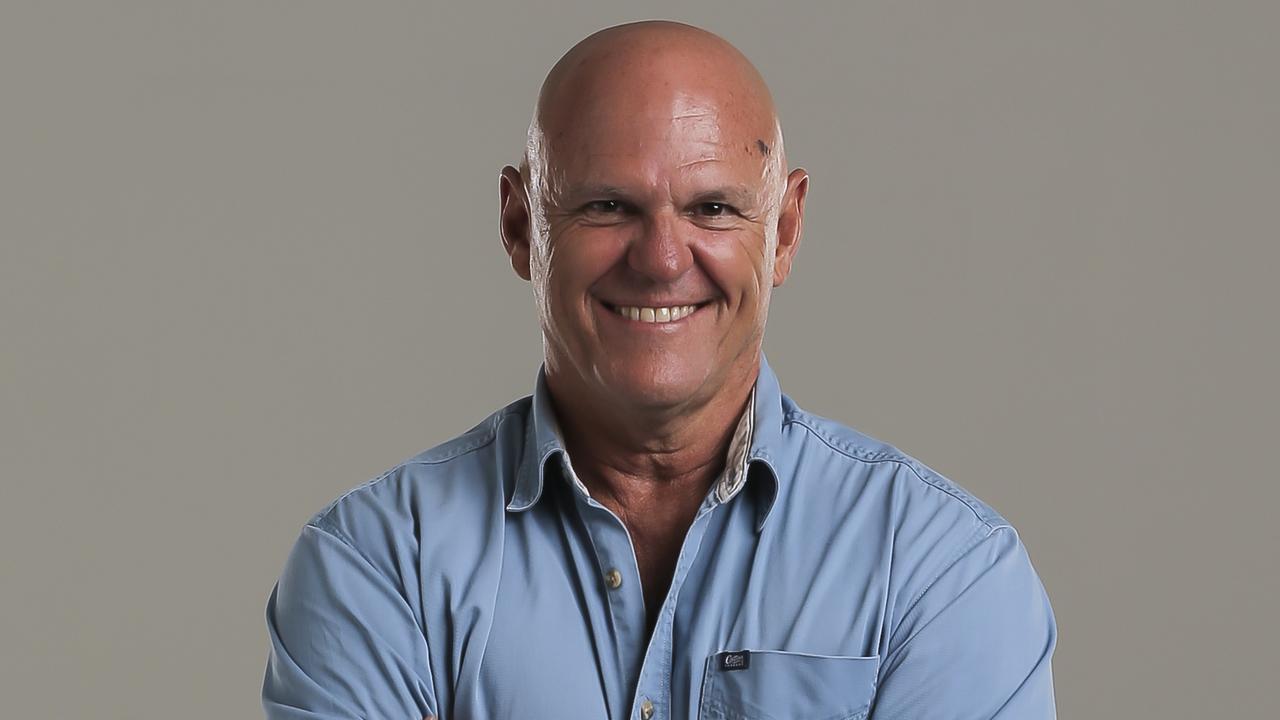Editorial: At least someone is giving a dam
It will be more than just embarrassing if Queensland has to rely on an infrastructure project from another state to drought-proof local towns.
Opinion
Don't miss out on the headlines from Opinion. Followed categories will be added to My News.
NEWS that a planned dam in northern NSW could come to the rescue of bone dry Queensland communities will be welcomed across the Granite Belt.
But it is more than just embarrassing if Queensland has to rely on an infrastructure project in another state to drought-proof towns.
If communities like Stanthorpe and Warwick end up relying on a project funded by the NSW and federal governments, it raises questions about the lack of planning for the future needs of Queensland regions.
The planned dam on the Mole River at Tenterfield in northern NSW offers the potential for water to be piped across the border to provide a boost to diminished bulk water supplies.
Water for drinking, irrigation and other commercial uses is much needed in the area, which has seen crops destroyed and towns on the brink of drying up.

If this project goes ahead, it would also pose a stark contrast with Queensland projects that have been bedevilled by a blame game over funding. But it is likely to be too late for some Queensland towns.
Stanthorpe could run out of water as soon December and Warwick is forecast to be dry a year later if the current drought does not break.
That the Queensland government is now having to talk about paying to cart water to drought-ravaged towns is an indictment on the poor level of planning.
While it is welcome that the state will guarantee drinking water supplies until 2021, it is worth noting the $800,000 a month cost to taxpayers.
With a bit of better forward thinking, could this situation have been avoided? Dams obviously take a long time to move from the planning to construction phase. They also require stringent environmental approvals and assessments about the impact on rivers and ecosystems.
No government can be blamed for the drought. Nor, as Prime Minister Scott Morrison remarked in a bald statement of the obvious during a visit to Dalby recently, can any of them make it rain.
But governments can and should plan for worst-case scenarios including prolonged droughts.
Some of that planning may need to consider the future viability of communities and agriculture.
In farming regions like the Darling Downs, a shortfall of water can devastate industry, cost jobs and see towns dwindle as residents leave.
Planning for dams is ultimately the responsibility of the state but like other major infrastructure, water projects require co-operation between different levels of government and some forward thinking by administrations that are working on developments that may be completed after their time in office.
As we have seen with the Rookwood Weir in central Queensland, squabbling between the federal and state governments over cost and capacity can lead to delays that undermine the very problem the project was meant to solve.
Amid signs of similar setbacks with the Emu Swamp Dam, which would also service the Granite Belt, communities are rightly demanding answers.
As federal drought minister David Littleproud noted, it is not the responsibility of Canberra to solve these problems. But both levels of government could do more to streamline the process.
GOOD NEWS FOR THE BUSH
IN WELCOME news for drought-ravaged outback communities, it is heartening to see a new record broken for visitors to the region. Breaching the one million tourist benchmark will be a much-needed confidence boost for the Queensland Outback.
Last financial year, more than 1.07 million visitors injected $724 million into far-flung communities that are struggling with an extended dry. The increase of more than 100,000 visitors on the previous year came at just the right time.
The result suggests visitors, who are mostly from other parts of Australia, remain fascinated with the wide open spaces that are part of our shared national heritage. It is also gives the tick of approval for a State Government campaign to promote 2019 as “The Year of Outback Tourism”.
The Tourism Research Australia figures contain some other positive news for the state, which attracted the highest-ever number of visitors last financial year. As reported in The Courier-Mail today, this equates to a record 28 million visitors who spent $24.8 billion in the state.
The tourism industry still faces considerable challenges, particularly in attracting foreign visitors at a time of global turmoil. We should celebrate this boost but we must also not be complacent.


